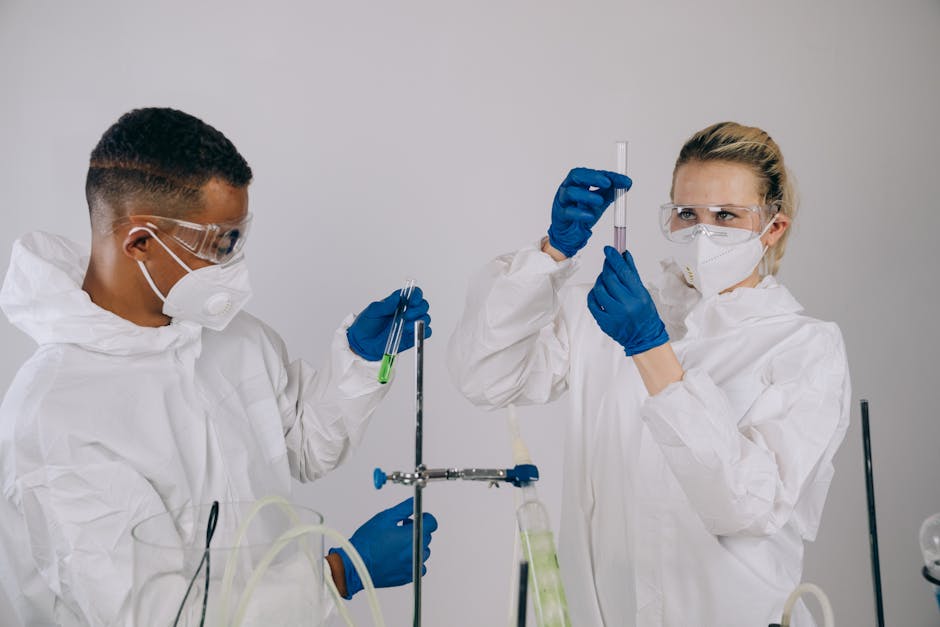Understanding Azelaic Acid: A Powerful Skincare Ingredient
Azelaic acid has rapidly gained popularity in the skincare world, lauded for its versatile benefits and relative gentleness. This naturally occurring dicarboxylic acid, found in grains like wheat, barley, and rye, boasts impressive properties that address a range of skin concerns. This comprehensive guide delves into everything you need to know about azelaic acid, from its mechanisms of action to potential side effects, helping you determine if it’s the right addition to your skincare routine.
What is Azelaic Acid?
Azelaic acid is a naturally occurring fatty acid with potent antimicrobial and anti-inflammatory properties. Unlike many other potent actives, azelaic acid is generally well-tolerated by various skin types, making it a suitable option for those with sensitive skin. Its multifaceted nature makes it effective in treating a variety of skin conditions, solidifying its position as a valuable ingredient in many skincare products.
How Does Azelaic Acid Work?
The effectiveness of azelaic acid stems from its dual mechanisms of action:
- Antimicrobial Properties: Azelaic acid effectively combats Cutibacterium acnes (formerly known as Propionibacterium acnes), a bacteria often implicated in acne development. By reducing bacterial populations, it helps prevent breakouts and improve existing acne lesions.
- Anti-inflammatory Effects: Azelaic acid reduces inflammation in the skin, minimizing redness and irritation associated with various skin conditions. This anti-inflammatory action contributes to its effectiveness in treating acne, rosacea, and hyperpigmentation.
- Keratolytic Action: Azelaic acid helps to exfoliate the skin by breaking down the bonds between dead skin cells. This process unclogs pores, prevents the formation of comedones (blackheads and whiteheads), and promotes smoother, clearer skin.
Benefits of Azelaic Acid for Skin
The versatility of azelaic acid makes it beneficial for a range of skin concerns:
1. Acne Treatment:
Azelaic acid is a highly effective treatment for acne vulgaris, particularly mild to moderate forms. It targets the underlying causes of acne by reducing bacterial load and inflammation, leading to clearer skin and reduced breakouts. It’s often used in conjunction with other acne treatments or as a standalone therapy.
2. Rosacea Management:
For individuals with rosacea, azelaic acid offers significant relief. Its anti-inflammatory properties help reduce redness and inflammation associated with rosacea, improving the overall appearance of the skin. It can also help to manage papules and pustules common in rosacea.
3. Hyperpigmentation Reduction:
Azelaic acid’s ability to inhibit melanin production makes it an effective treatment for hyperpigmentation, including melasma, sunspots, and post-inflammatory hyperpigmentation (PIH). By reducing melanin synthesis, it helps to even out skin tone and fade dark spots, leading to a more radiant complexion.

4. Improvement of Skin Texture:
The keratolytic action of azelaic acid promotes skin cell turnover, leading to smoother, more refined skin texture. This exfoliating effect helps to unclog pores and minimize the appearance of fine lines and wrinkles.
How to Use Azelaic Acid
Azelaic acid is available in various formulations, including creams, gels, and foams. The concentration of azelaic acid usually ranges from 10% to 20%. It’s crucial to follow the instructions provided by your dermatologist or on the product packaging.
- Start with a low concentration: Begin with a lower concentration (e.g., 10%) to assess your skin’s tolerance. Gradually increase the concentration as tolerated.
- Apply to clean, dry skin: After cleansing and toning your skin, apply azelaic acid evenly to the affected areas.
- Use sunscreen: Azelaic acid can increase sun sensitivity. Always apply a broad-spectrum sunscreen with an SPF of 30 or higher during the day, even on cloudy days.
- Patch test: Before applying azelaic acid to your entire face, perform a patch test on a small area of skin to check for any adverse reactions.
- Be patient: Results may take several weeks or months to become apparent. Consistency is key.
Potential Side Effects of Azelaic Acid
Generally, azelaic acid is well-tolerated, but some individuals may experience mild side effects, including:

- Burning or stinging sensation: This is usually temporary and subsides with continued use. If the sensation is severe, reduce the frequency of application or dilute the product.
- Redness or irritation: Mild redness or irritation can occur, particularly initially. This usually resolves within a few days.
- Dryness or peeling: Some individuals experience dryness or peeling. Use a moisturizer to alleviate this side effect.
- Rare side effects: In rare cases, more severe reactions like contact dermatitis may occur. If you experience a severe reaction, discontinue use and consult a dermatologist.
Azelaic Acid vs. Other Active Ingredients
Azelaic acid often gets compared to other popular acne and hyperpigmentation treatments, such as retinoids, salicylic acid, and benzoyl peroxide. While all these ingredients offer skin benefits, they differ in their mechanisms of action and suitability for various skin types. A dermatologist can help you determine the best treatment option based on your individual skin needs and concerns.
Azelaic Acid vs. Retinoids:
Both are effective for acne and hyperpigmentation. However, retinoids are generally stronger and can cause more irritation, while azelaic acid is typically gentler. They can sometimes be used together, but this should be under the guidance of a dermatologist.
Azelaic Acid vs. Salicylic Acid:
Salicylic acid is a beta-hydroxy acid (BHA) that primarily focuses on exfoliation and unclogging pores. Azelaic acid, while offering some exfoliation, also possesses strong antimicrobial and anti-inflammatory properties. The choice often depends on the primary skin concern.

Azelaic Acid vs. Benzoyl Peroxide:
Both are effective acne treatments, but benzoyl peroxide primarily targets bacteria, while azelaic acid targets bacteria and inflammation. Benzoyl peroxide can cause more dryness and bleaching of fabrics. Azelaic acid is generally gentler.
Consult a Dermatologist
Before incorporating azelaic acid into your skincare routine, especially if you have pre-existing skin conditions or are using other topical treatments, consult a dermatologist. They can assess your skin, determine the appropriate concentration and frequency of use, and help you develop a personalized skincare plan.

